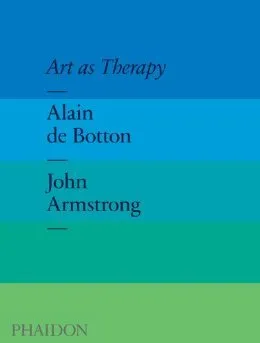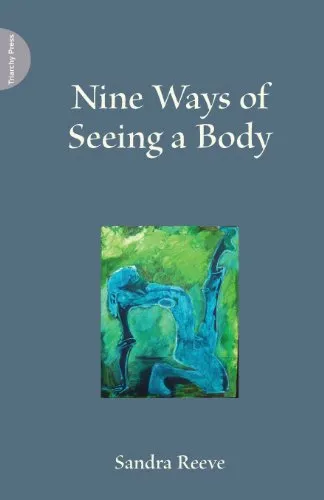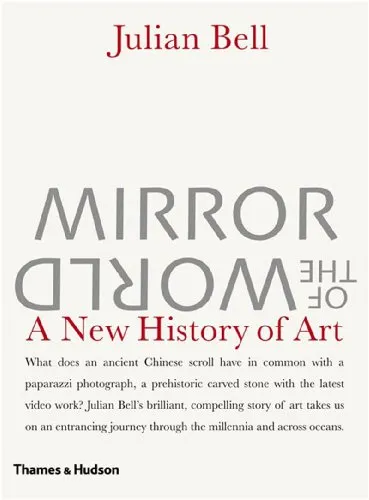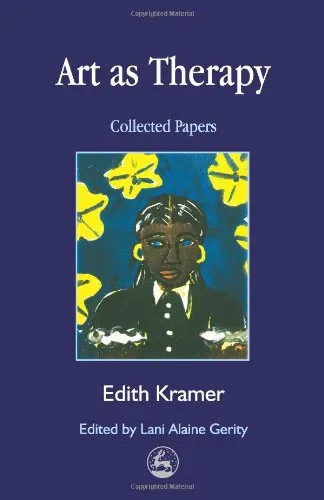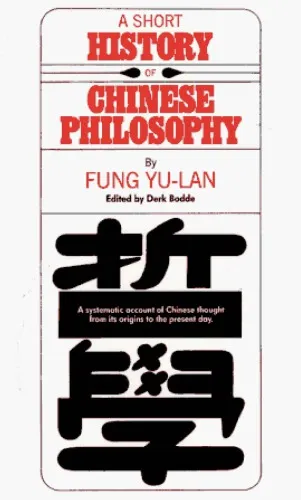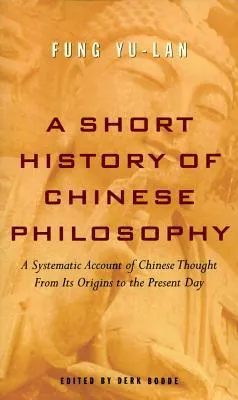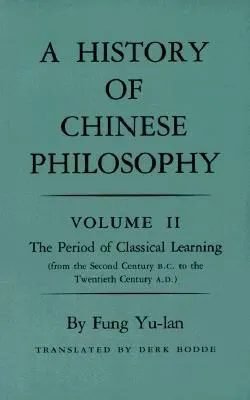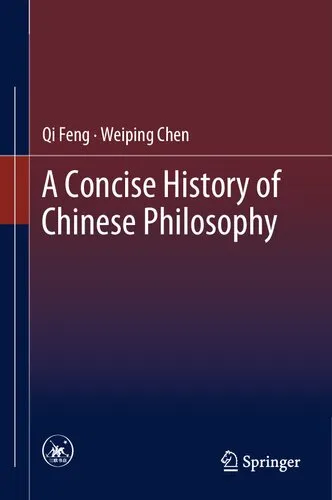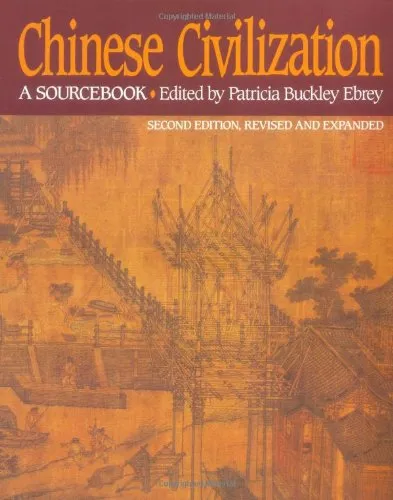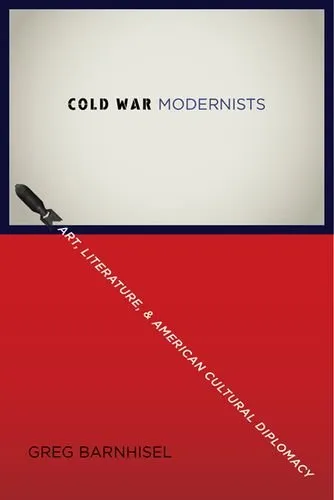Art as Therapy
4.5
بر اساس نظر کاربران

شما میتونید سوالاتتون در باره کتاب رو از هوش مصنوعیش بعد از ورود بپرسید
هر دانلود یا پرسش از هوش مصنوعی 2 امتیاز لازم دارد، برای بدست آوردن امتیاز رایگان، به صفحه ی راهنمای امتیازات سر بزنید و یک سری کار ارزشمند انجام بدینکتاب های مرتبط:
خلاصه تحلیلی کتاب
کتاب Art as Therapy اثر مشترک Alain De Botton و John Armstrong، با نگاهی عمیق و فلسفی، به این پرسش بنیادین میپردازد که هنر چگونه میتواند به عنوان ابزاری برای رشد فردی، تسکین روانی و ارتقای کیفیت زندگی انسان عمل کند. نویسندگان کتاب به جای نگاه سنتی که هنر را صرفاً برای زیبایی یا ارزش تاریخی آن ارزیابی میکند، پیشنهاد میکنند دیدگاه درمانی را جایگزین کنیم؛ یعنی هر اثر هنری را همچون نسخهای از یک درمان روانی و احساسی ببینیم.
این کتاب به شش نیاز اساسی انسان — همچون یادگیری، امید، عشق، غم، تعادل و خودشناسی — اشاره دارد و بررسی میکند که آثار هنری چگونه میتوانند این نیازها را برآورده سازند. نویسندگان از مثالهای متنوع در نقاشی، مجسمهسازی، طراحی و دیگر شاخههای هنر بهره میگیرند و نشان میدهند که چگونه هر اثر میتواند به عنوان یک ابزار عملی و معنوی در زندگی روزمره ما به کار رود.
ساختار کتاب بر پایه ارتباطات میان روانشناسی و زیباییشناسی استوار شده است، تا جایی که خواننده به تدریج درمییابد هنر میتواند نقشی مشابه مشاوران یا حتی مربیان زندگی داشته باشد. نویسندگان صریحاً بیان میکنند هدفشان تغییر دیدگاه عمومی نسبت به هنر است، به طوری که هر فردی هنگام روبهرو شدن با یک اثر هنری، پرسش «این اثر چه کمکی میتواند به زندگی من بکند؟» را در ذهن داشته باشد.
نکات کلیدی و کاربردی
یکی از نکات کلیدی کتاب این است که هنر نه تنها برای لذت بصری وجود دارد، بلکه میتواند به صورت مستقیم به مشکلات روانی و وجودی ما پاسخ دهد. این رویکرد، هنر را از جعبه شیشهای موزهها خارج کرده و به خانهها، محل کار و معاشرت روزانه وارد میکند.
بر خلاف برداشتهای سنتی از "هنر درمانی"، نویسندگان نشان میدهند که حتی تماشای یک اثر هنری، بدون مشارکت عملی، میتواند اثری آرامبخش و راهگشا داشته باشد. همچنین بر اهمیت انتخاب آثار متناسب با نیاز روانی هر فرد تاکید میکنند؛ همانطور که یک کتاب یا موسیقی خاص میتواند ما را به سمت تعادل روانی ببرد.
نکته کاربردی دیگر، تأکید کتاب بر گفتوگوی فعال با آثار هنری است. به جای مشاهده منفعل، خواننده یا بیننده دعوت میشود وارد رابطهای متفکرانه و شخصی با اثر شود. این تمرین، به شناخت بهتر خود و محیط کمک میکند.
نقلقولهای ماندگار
کتاب Art as Therapy سرشار از جملههایی است که میتوانند جهت فکری خواننده را تغییر دهند و انگیزهای تازه برای تعامل با هنر ایجاد کنند. هر نقلقول گویی پنجرهای تازه به جهانِ روابط میان انسان و اثر هنری باز میکند.
هنر چیزی بیش از زیبا بودن است؛ هنر باید کار کند و زندگی ما را بهتر سازد. نامشخص
هر اثر هنری، نسخهای است از آنچه میتواند درمانی برای سویهای از وجود ما باشد. نامشخص
چرا این کتاب اهمیت دارد
اهمیت این کتاب در شکستن نگاه سنتی و نخبهگرایانه به هنر نهفته است. Art as Therapy به هر خواننده — از پژوهشگر دانشگاهی تا علاقهمند به گالریگردی — نشان میدهد که هنر باید و میتواند بخشی زنده و فعال از زندگی باشد. این دیدگاه، هنر را به جای یک "موضوع مطالعه" به یک "ابزار ضروری برای زندگی بهتر" تبدیل میکند.
در فضای امروز که فشارهای روانی و بحرانهای معنایی بسیار هستند، این کتاب شیوهای عملی پیشنهاد میدهد تا هنر را وارد فرآیندهای روزانه کنیم و به این ترتیب هم جهانمان را زیباتر و هم ذهنمان را آرامتر سازیم. این پیوند میان روانشناسی هنر و زندگی روزمره، منبعی الهامبخش برای هر پژوهشگر یا دانشجو در رشتههای زیباییشناسی، فلسفه و روانشناسی است.
Analytical Summary
Art as Therapy is a collaborative work between Alain de Botton and John Armstrong, positioning art not merely as a subject for academic study, but as a practical tool for psychological growth and social insight. Published in 2013, the book challenges conventional approaches to art appreciation by focusing on its therapeutic potential — how paintings, sculptures, and other visual forms can address our inner needs and foster emotional wellbeing.
Rather than discussing art solely in terms of historical context or technical mastery, the authors propose a framework that identifies specific human challenges and correlates them with artworks that might alleviate or illuminate these difficulties. For example, experiencing certain pieces might help confront loneliness, rekindle curiosity, or encourage resilience in the face of daily pressures.
The book uses a clear, systematic approach: problems are defined, artworks are introduced as possible “solutions,” and then a guided interpretation follows. This organizational model draws readers — particularly serious thinkers, academics, and professionals — into contemplating art as a dynamic interlocutor for life’s complexities, rather than a static object of detached admiration.
The analytical depth is balanced with accessibility. Though the ideas are firmly grounded in philosophical and psychological traditions, the language remains inviting, avoiding jargon, and encouraging even non-specialists to embrace art’s therapeutic possibilities.
Key Takeaways
The book offers a wealth of insights at the intersection of art, philosophy, and mental health, serving as a thoughtful guide for integrating artistic engagement into everyday life.
First, art appreciation is reframed as a deeply personal and transformative practice. It becomes a tool to address emotional needs such as love, fear, hope, and regret. This fresh positioning encourages readers to move beyond passive observation to active dialogue with art.
Second, the relationship between viewer and artwork is anchored in empathy. The authors emphasize that understanding a work’s emotional resonance can be as important as recognizing its historical provenance or stylistic features.
Third, Art as Therapy underscores the necessity of integrating art into public spaces and everyday environments, redressing the imbalance between aesthetic appreciation and practical application.
Fourth, the book provides a framework that educators, curators, and mental health professionals can adapt when designing programs that harness art for wellbeing-centred outcomes.
Memorable Quotes
“Art is a therapeutic medium, speaking the language of our inner needs and desires.” Unknown
“The true purpose of art is not to be admired, but to be useful.” Unknown
“Art can console, inspire, and gently teach the art of living well.” Unknown
Why This Book Matters
Art as Therapy matters because it bridges the gap between the art world and everyday life, dissolving barriers between professional curation and personal meaning-making.
By articulating the ways in which art can directly support emotional wellbeing, the book expands the frame within which we discuss artistic value. It invites not only art historians but also psychologists, educators, and policy-makers to reconsider art’s role in public and private spheres.
Its relevance emerges in contemporary debates about mental health, the significance of cultural institutions, and how society allocates resources to support creativity as a means of human flourishing.
Information about specific accolades or awards is unavailable, due to no reliable public source confirming such details.
Inspiring Conclusion
Art as Therapy achieves something remarkable: it reframes the role of art in our lives from peripheral decoration to central companion in navigating emotional landscapes.
By inviting readers to approach art as an ally in self-understanding, Alain de Botton and John Armstrong open a robust dialogue between visual creativity and human needs. The book does not offer prescriptive cures, but rather tools for reflection, empathy, and renewed curiosity. Serious readers, academics, and professionals will find themselves not just informed, but inspired to integrate artistic engagement into their personal and professional environments.
If the ideas in Art as Therapy resonate with you, take the next step: read it with attention, share your reflections with colleagues or friends, and discuss how art might be harnessed as a strategic resource for wellbeing and insight.
دانلود رایگان مستقیم
شما میتونید سوالاتتون در باره کتاب رو از هوش مصنوعیش بعد از ورود بپرسید
دسترسی به کتابها از طریق پلتفرمهای قانونی و کتابخانههای عمومی نه تنها از حقوق نویسندگان و ناشران حمایت میکند، بلکه به پایداری فرهنگ کتابخوانی نیز کمک میرساند. پیش از دانلود، لحظهای به بررسی این گزینهها فکر کنید.
این کتاب رو در پلتفرم های دیگه ببینید
WorldCat به شما کمک میکنه تا کتاب ها رو در کتابخانه های سراسر دنیا پیدا کنید
امتیازها، نظرات تخصصی و صحبت ها درباره کتاب را در Goodreads ببینید
کتابهای کمیاب یا دست دوم را در AbeBooks پیدا کنید و بخرید
1256
بازدید4.5
امتیاز0
نظر98%
رضایتنظرات:
4.5
بر اساس 0 نظر کاربران
Questions & Answers
Ask questions about this book or help others by answering
No questions yet. Be the first to ask!
